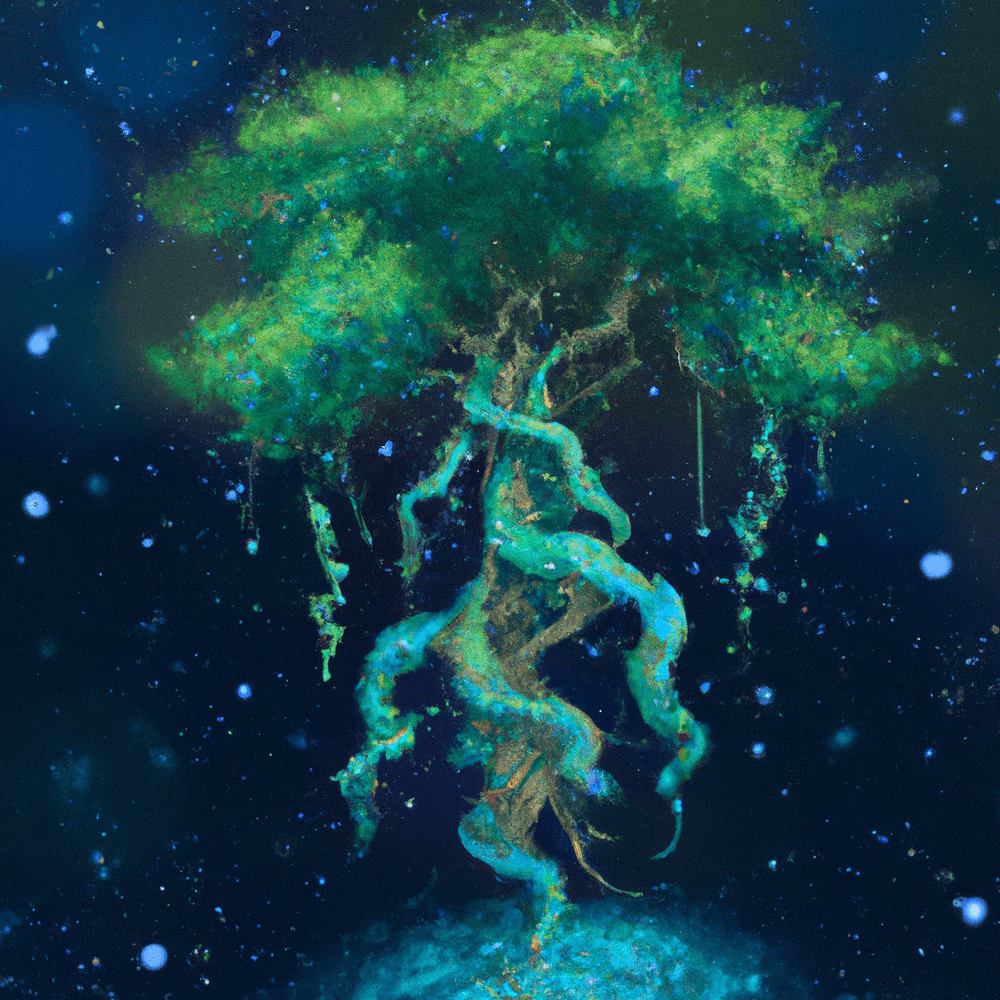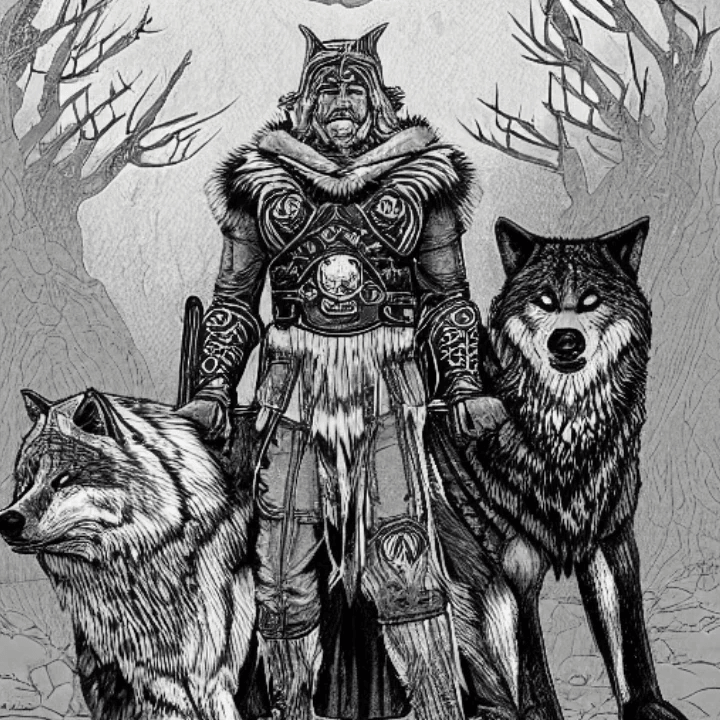Samhain: Marking the End of the Harvest Season & Origins of Halloween
As the days grow shorter and the leaves turn from green to shades of yellow, orange, and red, we know that autumn is upon us. It's a time of change, both in the natural world and in our lives. Many modern cultures celebrate Halloween at this time of year, but the roots of this holiday go much deeper — all the way back to the ancient Celtic festival of Samhain.

Interestingly, multiple modern-day Halloween traditions that we take for granted, such as pumpkin carving and wearing costumes, can be traced back to Samhain. Traditionally, the Celts regarded Samhain (pronounced "SAH-win") as one of the most important holidays of the year, one that marked the end of the harvest season and the beginning of winter, or the "darker half" of the year, as they called it.
Traditional Celebration of Samhain
Samhain harbored great significance for the Celt people, who believed that at this time of year, the veil between the worlds of the living and the dead was at its thinnest. Consequently, they saw Samhain as an ideal time to honor their deceased ancestors and loved ones. Similar to Día de Los Muertos in Mexico and All Saints' Day in Christian cultures, Samhain saw the Celts gathering around bonfires, sharing food and drink, and telling stories.
As the Celts bid a fond farewell to the harvest season's bounty and prepared for the long winter ahead, they held a feast in silence and darkness in honor of those who had passed on. This was a time to remember the dead but also to celebrate the cycle of food and lack thereof, life and death, that has sustained humanity since the beginning of time.
Foundational to Samhain was also the tradition of the bonfire. They believed that the bonfire would help them connect with their ancestors' spirits and provide warmth and light in the dark months ahead. The Celts would also offer sacrifices to the gods at this time, usually in the form of cattle or crops. After these ceremonies, the Celts would each take a burning ember from the bonfire to start their fires at home, bringing Samhain's warmth and light into their homes.
Pumpkin Carving and Trick-or-Treat Origins
Many traditions of Halloween enshrined in our culture today have their origins in Samhain. For example, the practice of carving pumpkins into jack-o'-lanterns can be traced back to the Celtic custom of carving turnips and potatoes into lanterns to ward off evil spirits. The Celts carved these vegetables according to the story of a man named Stingy Jack, a notorious trickster who, as per the modern Irish retelling of the legend, tricked the Devil into climbing a tree. Once Stingy Jack had trapped the Devil in the tree, he carved a cross into the bark, preventing the Devil from coming down.

When Stingy Jack died, he was denied entry into heaven and hell; God didn't like his character on Earth and the Devil still harbored anger towards him for trapping him in the tree. As a result, he was forced to roam the earth forever, carrying only a turnip with a light inside to guide his way. The Celts believed that, at Samhain, Stingy Jack's spirit would return to earth, and so they carved turnips (and later, pumpkins) in an attempt to ward off his ghost.
The tradition of wearing costumes and masks on Halloween can also be traced back to Samhain. The Celts believed that, at this time of year, the spirits of the dead would roam the earth. Therefore, people would wear masks and costumes to avoid being recognized by these ghosts, known as the Aos Sí. The Celts shielded their faces with masks using materials such as wood, straw, or animal skins in exchange for food and drink as they went door-to-door, a custom that eventually morphed into the modern tradition of trick-or-treating.
Our modern Halloween traditions seem light-hearted or even trivial compared to Samhain's somber and revered origins. However, culture and tradition change over time, and Samhain is a perfect example of how something that once held great spiritual significance can evolve into something that is more secular but no less fun, important, or meaningful. So, whether you celebrate Halloween with costumes, candy, or simply by spending time with loved ones, remember that Samhain is the root of it all.


